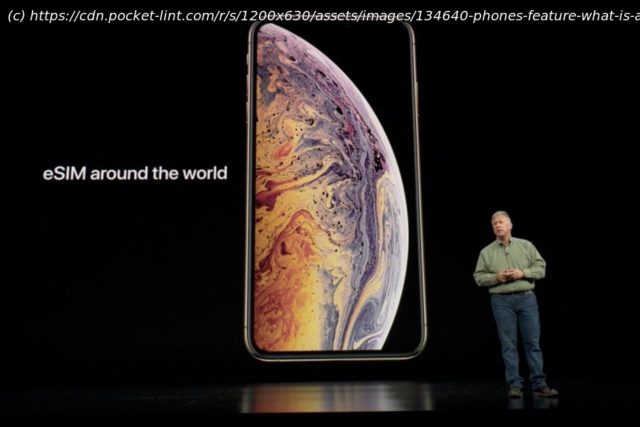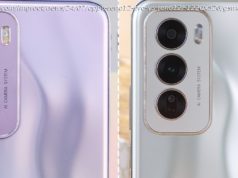Apple is going eSIM-only in the iPhone 14 and iPhone 14 Pro – here’s everything you need to know about the SIM-free tech.
Why you can trust Pocket-lint
(Pocket-lint) – Put simply, eSIM, or embedded SIM card, replaces the need for a physical SIM card – and therefore, a SIM card slot – on your device. While the number of devices using it has remained relatively humble, with Apple announcing its iPhone 14 and iPhone 14 Pro will be making the jump to eSIM-only, it’s only a matter of time before other smartphone manufacturers follow suit.
Apple wasn’t actually first here – the first completely eSIM-only phone debuted in the form of the first-generation Motorola Razr flip-phone. Until now though, the trend has been for phones to have eSIM support alongside a standard SIM.
–
In these cases, phones use eSIM as a substitute for a second SIM. That means they still have space for a traditional nano SIM that you use in the normal way, but you can add a second number or data contract via the eSIM – more on that shortly.
The use of eSIM brings a number of advantages to device manufacturers and networks, but there are also some advantages for you, too, since you can have plans from more than one network stored on your eSIM.
For example, you could use one number for business and another number for personal calls or have a data roaming SIM for use in another country. You could even have completely separate voice and data plans.
But what exactly is an eSIM? And what exactly will it offer you? Let us explain more.What is an eSIM?
The term “eSIM” simply means an embedded SIM card. There are no physical SIM cards involved and no physical swapping over required by you. eSIM needs to be supported by the network or carrier and enabled by them and not all networks support eSIM as yet (see below).
An eSIM is basically a small chip inside your phone and works in a similar way to the NFC chip that’s used for payment tech like Apple Pay and Google Pay.
The information on an eSIM is rewritable, meaning you can decide to change your operator with a simple phone call. They’re really easy to add to a data plan – connecting devices with eSIMs to a mobile account can be done in minutes.
eSIM is backed by the GSMA, the association of mobile networks and that organisation has defined the standard for eSIM worldwide. Are there any disadvantages to eSIM?
There could be a disadvantage for consumers in terms of choice. If a phone is sold exclusively, it’s possible that all handsets could come pre-loaded with a particular network rather than being open to all.
Also, people can’t easily switch phones with eSIM unless they contact their network. Obviously, that’s not a consideration for most people but for some it will be offputting.
The days of storing numbers on SIM cards are numbered anyway for most people using Android or iOS thanks to cloud backup, but it does involve a change of mindset for those using older or cheaper phones: you’ll no longer be able to swap a SIM card to a new phone physically.






